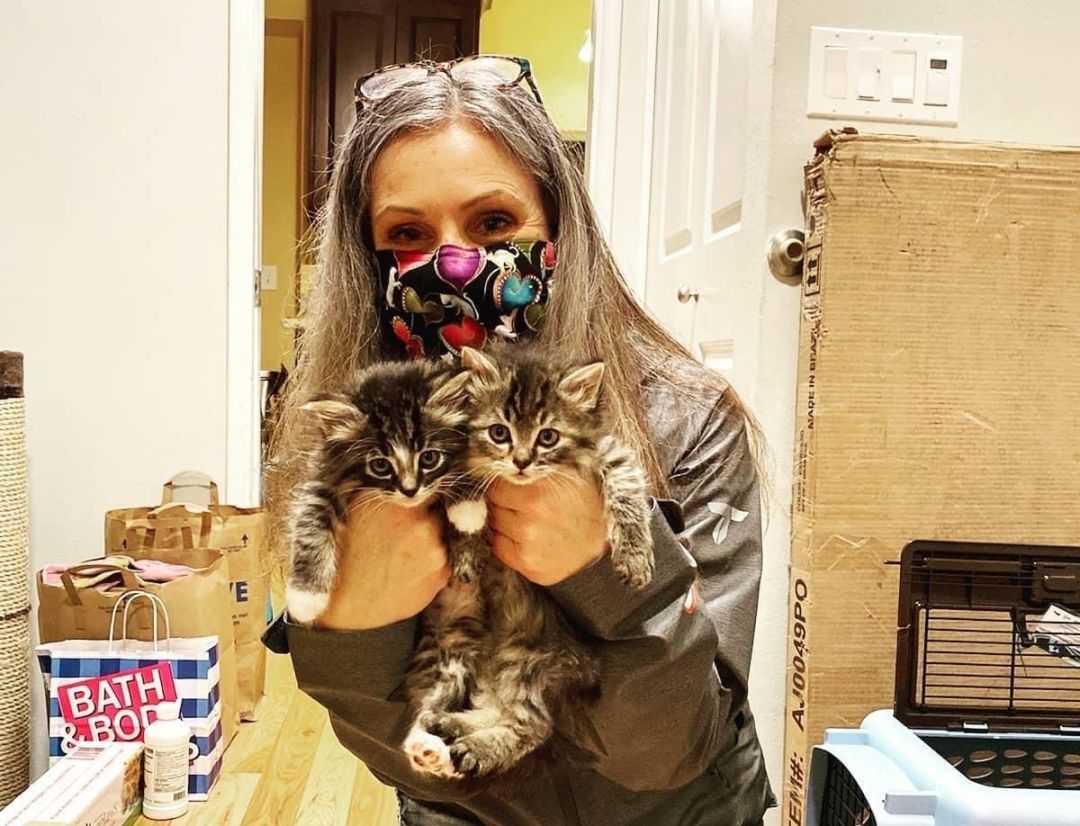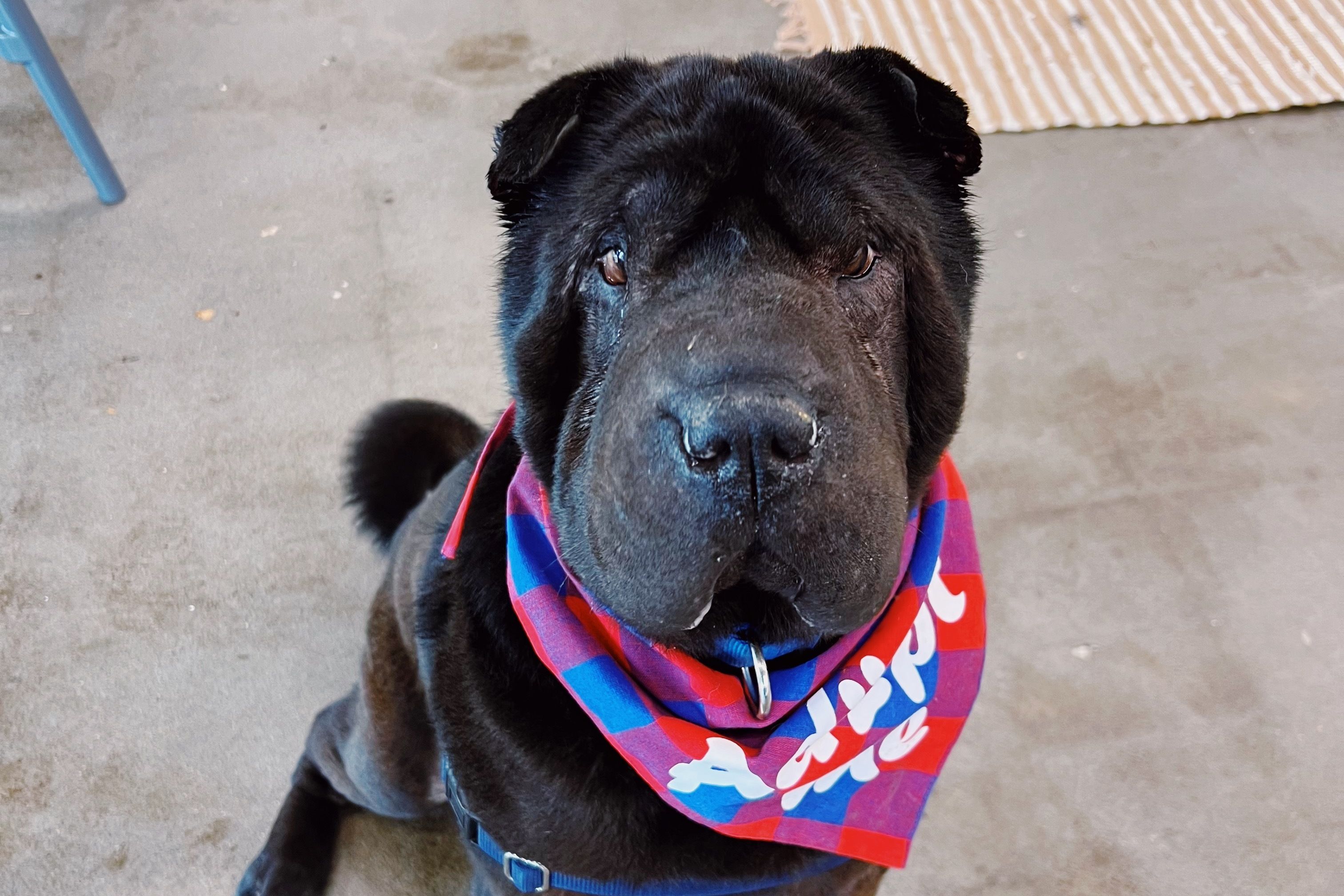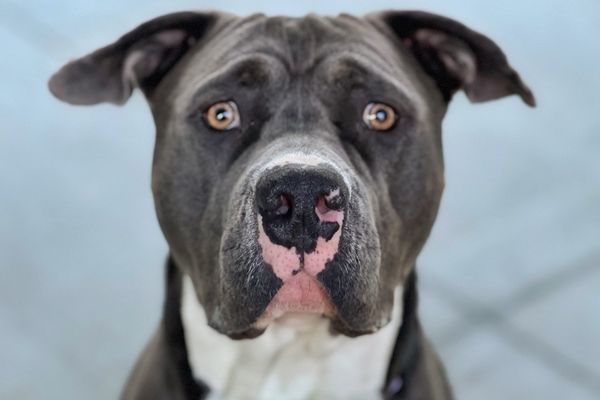This Portland Woman Spends Her Free Time Trapping Cats to Be Spayed and Neutered

Karen Jealous, a.k.a. PDX Cat Trapper
Image: Courtesy Karen Jealous
On an otherwise typical evening, when most of us are likely settling in at home or hitting the latest bar, Karen Jealous is out trapping cats. Jealous, who on social media goes by the alias PDX Cat Trapper, works for a contracting company by day and moonlights as a TNR (trap-neuter-return) rescuer by night. She’s part of a handful of volunteers and “solo rescuers,” as she calls herself, who are helping to keep the feral cat population at bay through the TNR program, in which cats are trapped and brought to a clinic to be spayed or neutered, and then released back where they were found. The program helps prevent overpopulation, keeping shelters less crowded while also decreasing the number of cats being euthanized. Given an ever-growing feral cat population, many clinics that provide the service are often strained and require outside help. That's where people like Jealous come in. We spoke with her about her experience as a feline trapper, and why she does it.
PORTLAND MONTHLY: What made you want to become a cat rescuer?
Karen Jealous: I’ve always been a total animal person. And so, when my kids started getting older, I needed something to kind of occupy my time. Then I saw this [op-ed] in the Clackamas Review from a cat rescuer and I thought, "Well, I can do that." It really woke me up to the magnitude of how many feral cats are in our communities and what a problem it is, and I wanted to make a difference that way, by fixing the root of the problem. In Multnomah County there’s a lack of services for spay and neuter—it’s a problem nationwide. And it’s not just funding: it’s lack of veterinarians, and lack of spay-neuter assistance, so people can’t get their animals fixed, and they have unwanted litters.
You have been doing this since 2018. How many cats would you say you’ve trapped overall?
There are parameters around my trapping since I have to have appointments set up with the clinic beforehand. I’m more into trapping the adults for the clinic so they get neutered and spayed and put back [into their community] so they don’t have any more kittens. But I’m averaging about 700 a year, which is an insane amount for one person.
Do you usually do this alone?
I have some people that come along with me. I spend most of my time on the east side, and then I have a partner trapper who’s on the west side. She does a lot of what I’m doing here but out in really vulnerable communities in Aloha, Forest Grove, and Cornelius in outer Washington County. We kind of work in tandem a lot. There are some other women on my team, and we’re kind of putting together some ideas and programs in order to have a better impact on the city of Portland.
So, is it the caregivers of feral cat communities who will often call for help?
I work with the Feral Cat Coalition of Oregon, a large clinic in the Portland area that fixes feral, stray, and barn cats, and it’s donation-based. They help people from all over the state as well as Washington, so people that are having a cat problem make an appointment with them, and then a lot of times the clinic will reach out to me for help. Most of the people I help are seniors or disabled in some way, or they don’t drive, and they just can’t handle 20, 30, 40, 60 cats. It’s a lot of work. And so that’s when I kind of come in and I help out. Other times, people will find me on social media and they’ll be like, "I have a group of cats in my yard, what can I do?" And I will make a plan to come out there so I can really see what the problem is. One of the things I found is that it’s a lot of social work with a lot of people that are really vulnerable members of our society. You know, they feel kind of left behind or invisible. And there starts to be a certain amount of shame involved in asking for help. But they are so grateful to have somebody helping, and that makes it really rewarding to do this kind of work.
Why not just put all the cats up for adoption?
People will have a feral kitten that goes up in their house that is unsocializable. And I don’t believe in that. Just because you can get it to live inside, you’ve ripped it apart from its family, its siblings, its mom, its little community. They can live happy lives out there with their family, and you can just support them out there or support the caregiver that’s feeding them, and it’s just really rewarding. And people may not believe it but, when you’re returning a cat to its area, a lot of times as soon as you start carrying it to where you’re going to release it, their behavior can completely change and they can relax and are happy to be back. And it just a good feeling.




